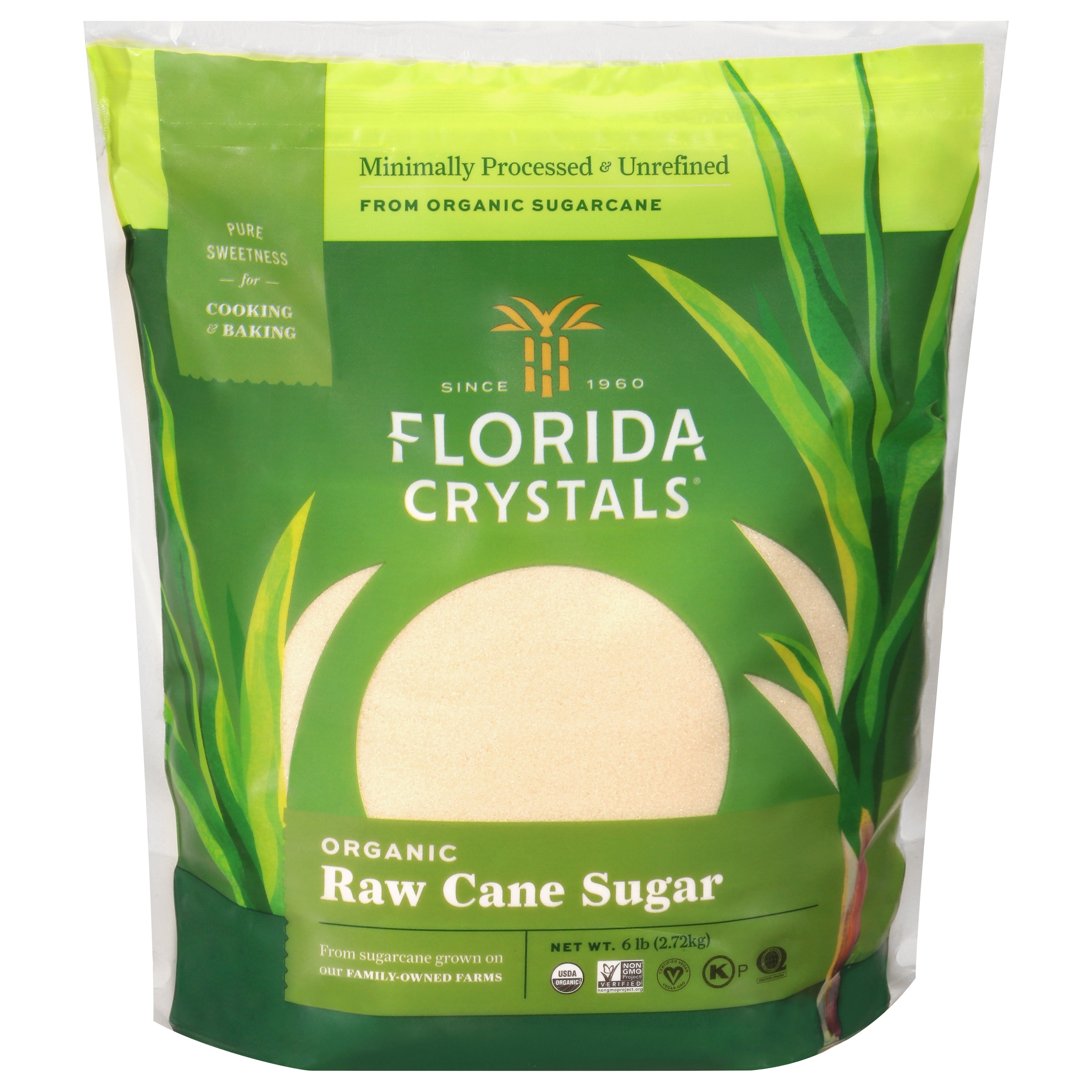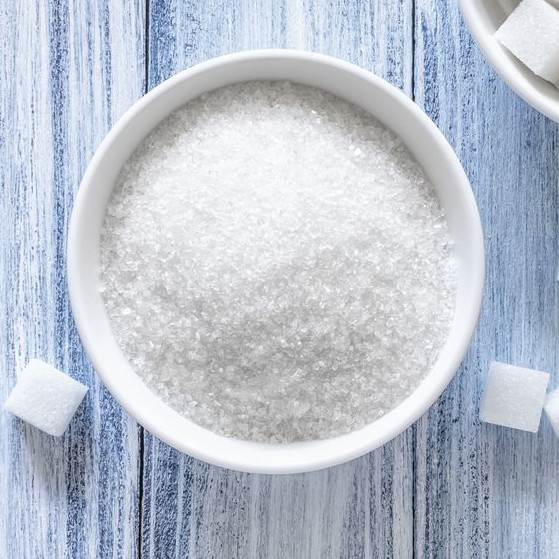Cane Sugar Processing: From Area to Table-- A Step-by-Step Guide
Cane Sugar Processing: From Area to Table-- A Step-by-Step Guide
Blog Article
Exploring the Comprehensive Tips Associated With Cane Sugar Handling From Harvesting to Improvement
The process of walking cane sugar manufacturing encompasses a collection of complex steps, beginning with the mindful harvesting of sugarcane and culminating in the refinement stages that ensure the final product meets sector standards. Each phase, from the extraction of juice to the filtration and condensation processes, plays a critical function in figuring out the top quality and personality of the sugar. Recognizing these stages not just highlights the intricacy of sugar manufacturing yet also raises vital concerns regarding efficiency, sustainability, and advancement in the sector. What implications do these aspects have for future techniques?
Gathering Sugarcane
Gathering sugarcane is an essential action in the walking cane sugar handling chain, as it straight influences the high quality and yield of the final product. Correct timing and strategies are essential during this stage to make certain ideal sugar web content and reduce losses. Usually, sugarcane is harvested when it gets to maturity, generally 12 to 18 months after growing, characterized by a high sucrose focus.

Post-harvest, the sugarcane should be refined promptly to stop sucrose deterioration. Preferably, harvested walking cane must be transferred to processing centers within 1 day to protect sugar quality. Therefore, reliable logistical preparation is vital to preserve the integrity of the collected plant throughout the supply chain.
Extraction Process

The crushed walking stick undergoes a collection of pressing operations to make the most of juice healing. Typically, warm water is sprayed onto the crushed cane, creating a countercurrent flow that assists dissolve the sugar while also aiding in the extraction process. The juice collected from this procedure includes not just sugar yet likewise different natural substances and pollutants.

To enhance extraction effectiveness, some centers might utilize diffusion techniques, where the sugarcane is taken in warm water, permitting the soluble sugars to diffuse right into the fluid. The resulting juice, abundant in sucrose, is after that routed to succeeding handling phases, laying the structure for filtration and improvement. The removal procedure is thus pivotal in identifying the high quality and yield of the final sugar product.
Filtration Strategies
The filtration strategies utilized in walking stick sugar processing are necessary for changing the raw juice into a top notch sugar item. These techniques mainly intend to remove impurities, such as dirt, plant materials, and inorganic substances, which can adversely influence the end product's taste and color.
This procedure involves adding lime and heat to the raw juice, which promotes the coagulation of pollutants. Additionally, the usage of phosphoric acid can improve the clarification procedure by further binding contaminations.
One more substantial method is carbonatation, where carbon dioxide is presented to the clarified juice. This response produces calcium carbonate, which catches remaining pollutants and promotes their removal.
Furthermore, triggered carbon therapy may be used to adsorb any type of continuing to be colorants and organic impurities, making certain a much more polished product. The mix of these methods effectively prepares the sugar juice for subsequent action in the refining procedure, setting the phase for the manufacturing of high-quality walking stick sugar.
Formation Methods
After the purification stage, the following vital action in cane sugar processing includes formation approaches, which play a critical role in transforming the clarified juice right into strong sugar. This procedure normally employs two key methods: spontaneous formation and controlled crystallization.
In spontaneous crystallization, supersaturated sugar remedies are enabled to cool down normally, resulting in the development of sugar crystals gradually. This approach is simpler but may result in unequal crystal dimensions and reduced purity degrees. On the other hand, regulated condensation is a more accurate strategy where temperature level, seeding, and concentration agents Our site are thoroughly taken care of. This approach permits the consistent development of sugar crystals and greater purity.
Throughout formation, the made clear juice is focused with evaporation, enhancing its sugar content until it reaches supersaturation. Once this point is achieved, either approach can assist in the condensation process. Cane Sugar Processing. The resultant sugar crystals are after that divided from the staying syrup with centrifugation
Ultimately, the selection of formation technique affects the quality, dimension, and pureness of the final sugar product, making this step important in the general walking cane sugar processing procedure.
Improvement and Product Packaging
Just how can the pureness and top quality of walking cane sugar be further enhanced after crystallization? The improvement process plays an important role in attaining premium cane sugar. Adhering to crystallization, sugar undertakes a detailed washing to get rid of pollutants and recurring molasses. This is usually completed utilizing cozy water or heavy steam, which aids dissolve and remove unwanted components while preserving the sugar crystals.
Next, the sugar undergoes a process called centrifugation, where it is rotated at broadband to divide the purified sugar crystals from the continuing to be liquid. After centrifugation, the sugar is usually more fine-tuned via an approach called carbonization or phosphatation, which makes use of triggered carbon or phosphoric acid to remove color and off-flavors.
As soon as fine-tuned, the sugar is dried to achieve the wanted dampness material, ensuring that it continues to be secure during storage and transport. The final action involves packaging the polished sugar in impermeable and moisture-proof containers to maintain its high quality and prevent contamination. Cane Sugar Processing. Proper packaging not just expands shelf life but also helps with simple handling and circulation, making sure that customers obtain sugar that fulfills the highest possible criteria of pureness and top quality
Verdict
The comprehensive steps associated with walking cane investigate this site sugar handling, from the careful harvesting of sugarcane to the intricate improvement and product packaging stages, emphasize the significance of each stage in guaranteeing premium sugar production. Optimal harvesting strategies, efficient removal approaches, and strenuous purification processes jointly add to the end product's purity and security. The formation and subsequent packaging techniques better improve the stability and shelf life of the sugar, highlighting the intricacy and accuracy fundamental in this necessary agricultural industry.
The procedure of walking cane sugar manufacturing includes a series of detailed actions, beginning with the mindful harvesting of sugarcane and culminating in the refinement phases that guarantee the last item meets sector requirements. Ideally, collected walking stick should be transported to refining facilities within 24 hours to maintain sugar high quality.In spontaneous crystallization, supersaturated sugar options are allowed to cool down naturally, leading to the development of sugar crystals over time - Cane Sugar Processing. The refinement procedure plays a vital role in accomplishing premium walking cane sugar.The detailed steps included in walking cane sugar handling, from the meticulous harvesting of sugarcane to the complex improvement and packaging phases, underscore the relevance of each look here phase in making certain high-grade sugar production
Report this page